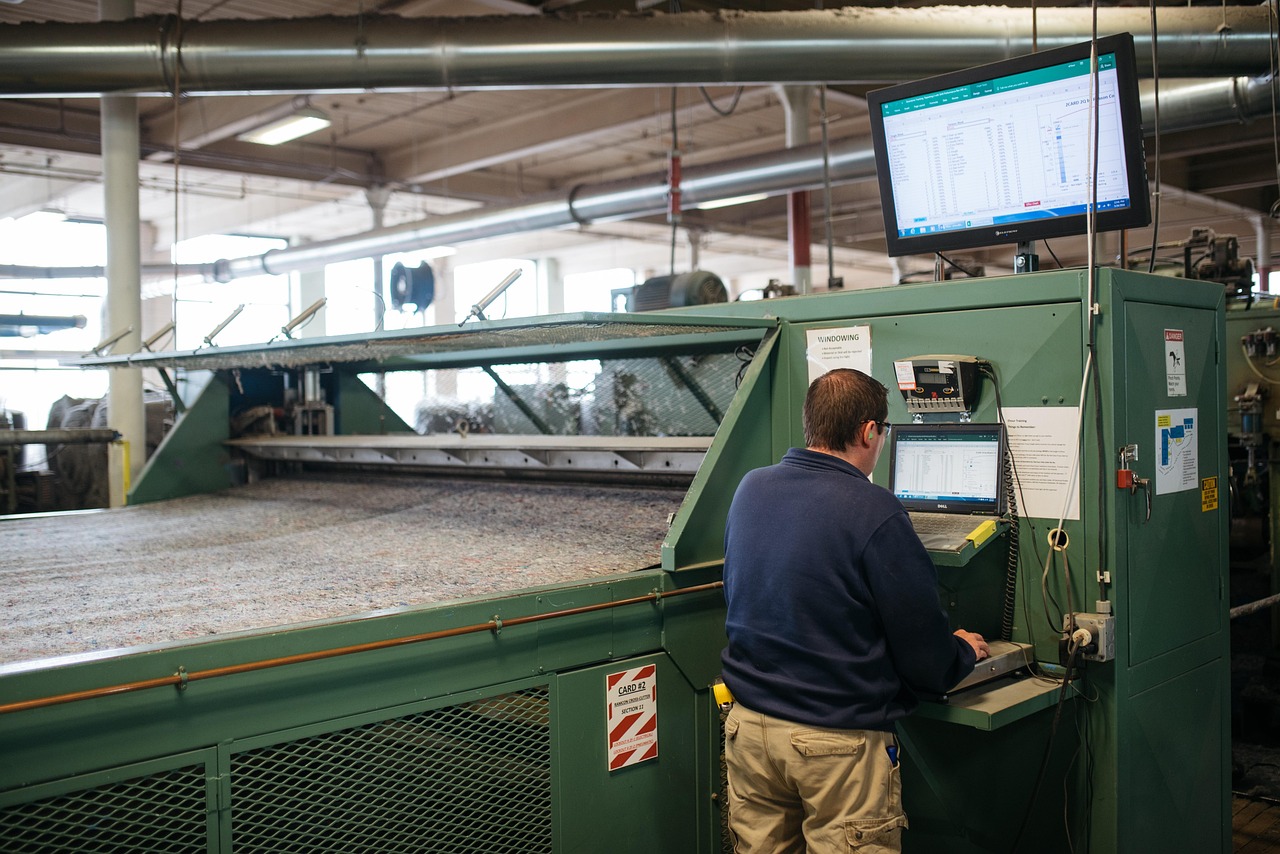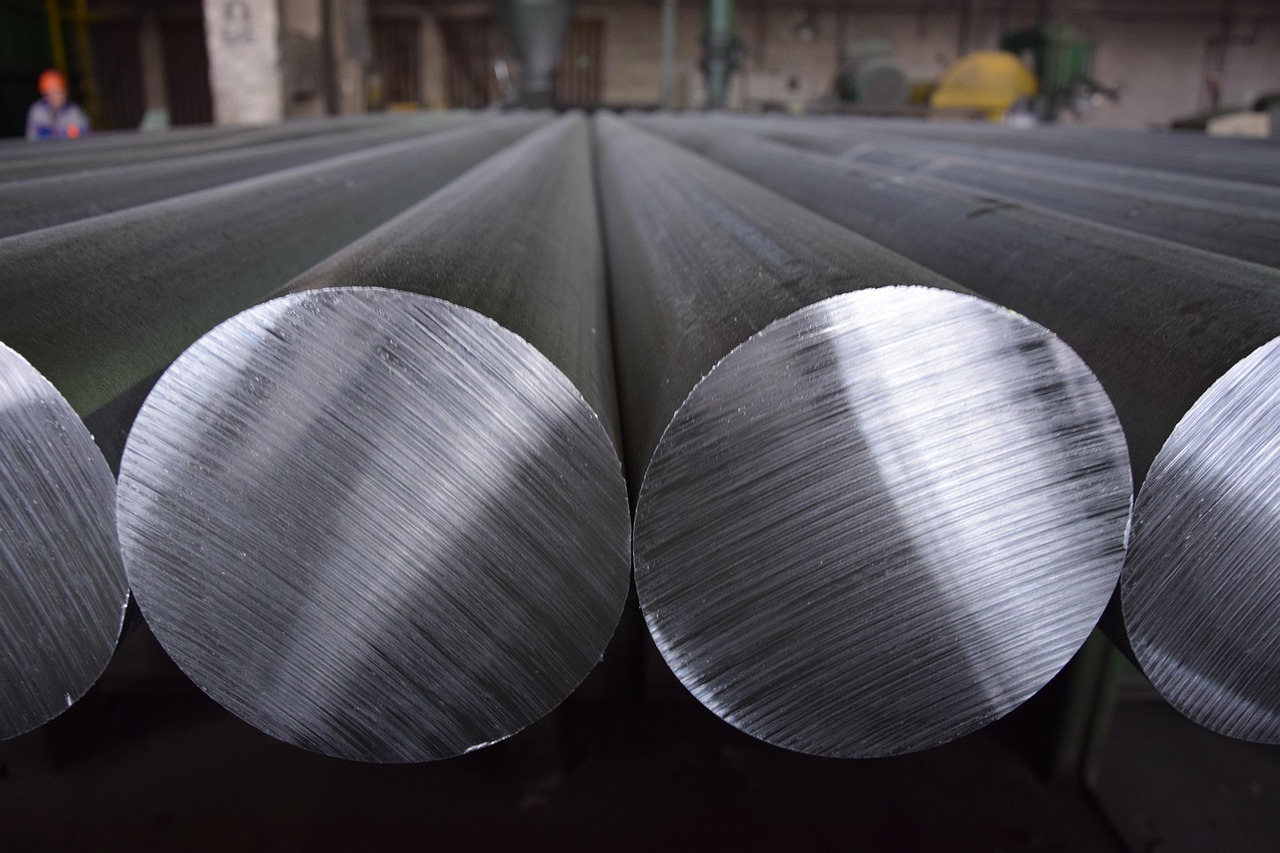Introduction to Laser Survey Technology
Laser survey technology, also known as LiDAR (Light Detection and Ranging), is a cutting-edge method for 3D modeling, significantly advancing design, construction, and engineering. Let’s explore what this technology is and how it benefits green tech.
What is Laser Survey Technology in Green Tech?
LiDAR uses light as a pulsed laser to measure distances to the Earth. This technology generates accurate, three-dimensional data about an area’s shape and surface characteristics.
How LiDAR Works:
- Emission of Laser Beams: LiDAR systems emit laser beams from platforms like aircraft, drones, or ground-based equipment toward the ground or structures.
- Measurement of Distance: The system measures the time the laser beams take to reflect after hitting an object. This time is converted into distance since the speed of light is constant.
- Creation of Point Clouds: The reflected beams produce data points compiled into a “point cloud,” mapping surface features with high precision. This point cloud is used to create detailed 3D models.
- Data Analysis and Application: The collected data can be analyzed for various applications, including topographic mapping, forest inventory, flood modeling, urban planning, historic preservation, and infrastructure projects.
Benefits of Laser Survey Technology
Laser surveying offers high accuracy, quick coverage of large areas, and the ability to capture fine details, even through vegetation and challenging terrain. It’s invaluable in geography, forestry, environmental science, and civil engineering.
Spartan Scanning Solutions leverages this state-of-the-art technology to enhance engineering projects and promote sustainability. Here’s how laser survey technology drives sustainable practices in various projects:
Cost Efficiency and Environmental Impact Reduction
Initially considered expensive, laser surveying is now more accessible and cost-effective. It reduces costs, minimizes waste, and optimizes resource allocation, which is crucial for sustainable project management. Detailed project previews enable stakeholders to make environmentally conscious decisions, leading to significant savings and reduced ecological footprints.
Enhanced Collaboration for Sustainable Outcomes
Engineering projects involve diverse teams that require a unified platform for effective collaboration. Laser survey technology uses cloud-based systems to integrate eco-friendly practices seamlessly. This collaborative approach ensures consistent implementation of sustainable strategies throughout the project lifecycle.
Speed and Efficiency in Project Execution
Laser scanning accelerates the planning, design, and construction phases by quickly rendering 3D models. This speed allows projects to progress faster and adapt to eco-friendly alternatives based on real-time data, promoting sustainable practices.
Integration Across Multiple Platforms
Laser surveying integrates various software platforms into a single cloud-based system. This integration enables teams to easily incorporate sustainability metrics and practices, enhancing the project’s environmental friendliness.
Proactive Problem Identification
One of the most significant advantages of laser surveying is identifying and rectifying potential issues before they escalate. This is crucial for sustainable engineering, as it prevents resource-intensive corrections. Early problem detection ensures cost-effective and environmentally sound solutions, keeping the project on track and compliant with green standards.




